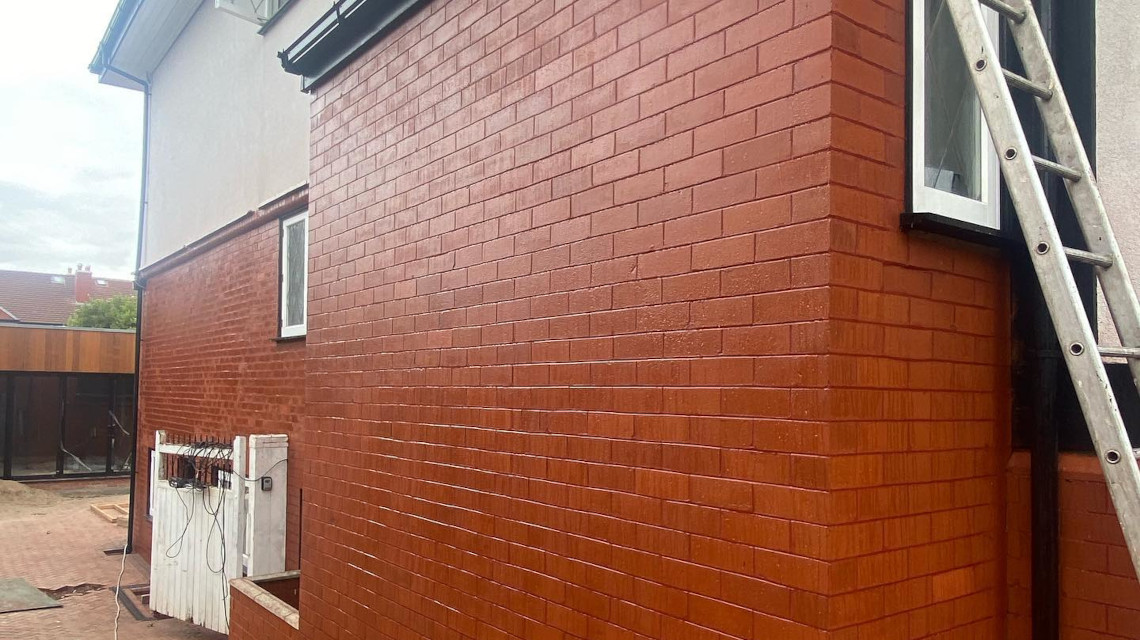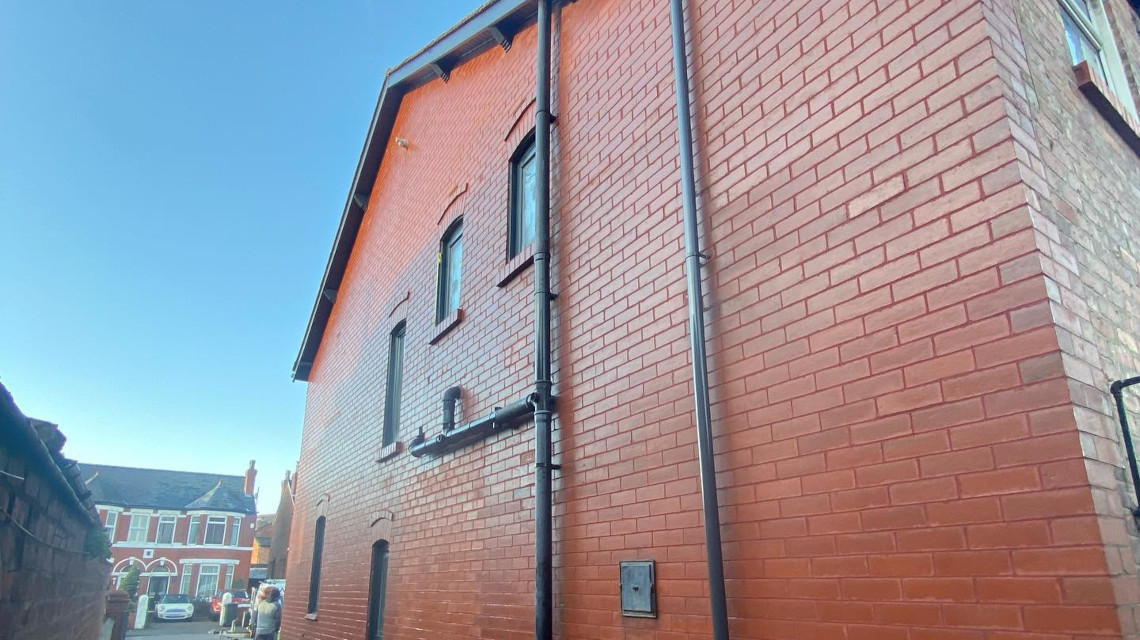Historical Background:
Linseed Mastic Pointing is the original pointing/joint filling compound used on the first 'cavity' type constructed walls in Britain around the Victorian period.
The advent of cavity wall technology enabled the use of cement based mortar instead of lime mortar as a masonry bedding material. This also gave birth to the Glazed Brick which many a Traditional Public House from this era had their fronts built with.
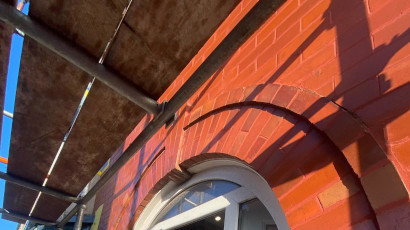
Linseed Pointing Mastic
Zoom ProjectWaterproof:
Linseed Pointing Mastic has excellent adhesive properties. Being comprised of specially sourced 'burnt' sand, double distilled linseed oil and fibres, this creates a suitably flexible bonding agent that is tolerant to natural movement and particularly well suited for stonework with wooden window inserts. The Linseed Oil is extremely 'sticky', this allows the Pointing Mastic to 'root' itself into the adjoined material and forms a major component of the materials bonding abillity.
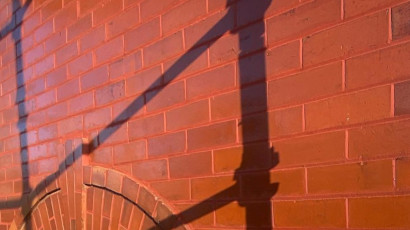
Linseed Pointing Mastic
Zoom ProjectVersatility:
Not all Red Brick types are suitable for Mastic Pointing. Suitabillity can be determined by the 'feel' of the brick, where soft and highly porous brick types do not respond well to the Linseed Oil priming/coating, and instead soak the Oil up relenlessly, creating a patchy uneven appearance across the face of the wall. The appropriate brick types are extremly dense with a 'polished' feel to the face.
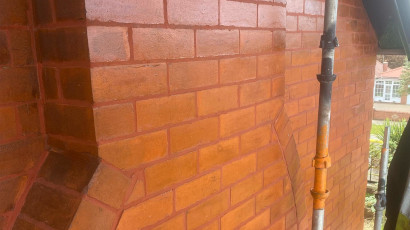
• Zoom In •
Zoom ProjectCost-Effectiveness:
The use of Linseed Fibre Pointing Mastic for repointing brick represents the lower category of value for money due to its relatively lower expected lifespan when compared to Lime or Cement based mortar. It comes recommended to those that are keen to see their Red Brick period properties restored to original design specification, or for buildings in protected areas.
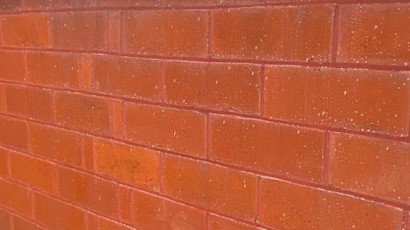
• Zoom In •
Zoom ProjectEase of Application:
Linseed Mastic Pointing is not for the faint hearted. It requires special tools and knowledge to undertake such a job and see it carried out to a good standard. DIY'ers are strongly recommended to avoid attempting this type of work unless they have been given plenty of advice and done their homework as incorrect undertaking of such a task can create issues and represent a bigger job if a contractor is brought in to complete the works.
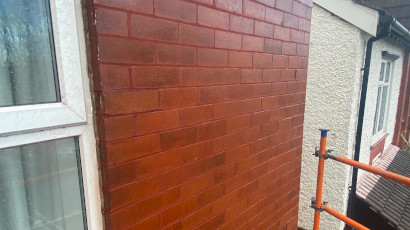
• Zoom In •
Zoom ProjectAesthetic Appeal:
Pointing Mastic comes in three different colours:
• Red (brick)
• Buff (light stone)
• Stone (dark stone)
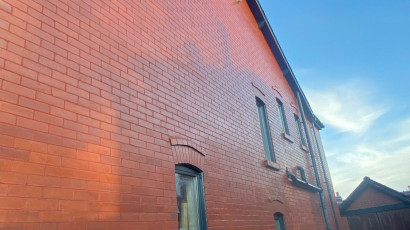
• Zoom In •
Zoom ProjectLongevity:
Brick Pointing Mastic is not well known for longevity and the expected lifespan is considerably less than a Lime or Cement based pointing mortar. Unfortunately there are no after care options that we are aware of, such that degradation requires replacement. Linseed Fibre Mastic Pointing finishes generally last for around 10-15, and up to 20 years before the natural oils depart and the material becomes porous.

• Zoom In •
Zoom ProjectSealing Properties:
Linseed Fibre Mastic is an ancient type of building material. Its primary use was in joint seals, where wooden door frames form an abuttment to a masonry structure, the different rates of expansion and contraction in their thermal cycles made aggregate based mortar unsuitable due to fracturing as the two materials moved at different rates as they warmed and cooled over the days / seasons. Linseed Fibre Mastic is a perfect solution to this.
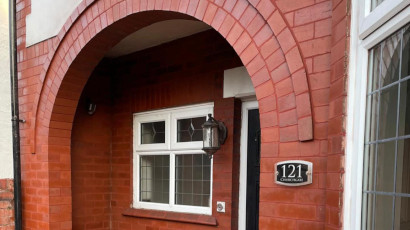
• Zoom In •
Zoom Project
Stone Mastic Window & Door Seals:
Specialised Stone reveal weatherseals conforming to historic methods. A mixture of specifically sourced, buff coloured burnt sand, fibre-shorts (horse hair originally) and linseed oil is mixed to create a waterproof 'putty'. Over time this hardens to an ideal strength whilst remaining slightly flexible. Prior to silicone sealents, this was the original method of sealing wooden windows and doors when abutted against or set inside stonework.
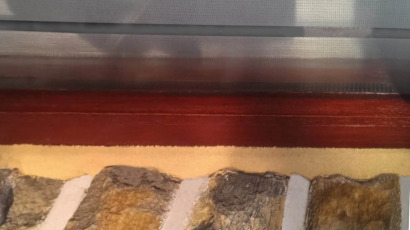
• Zoom In •
Zoom ProjectBrick Mastic Window & Door Seals:
Specialised Brick weatherseals conforming to historic methods. A mixture of specifically sourced, deep red coloured burnt sand, fibre-shorts (horse hair originally) and linseed oil is mixed to create a waterproof 'putty'. Over time this hardens to an ideal strength whilst remaining slightly flexible. Prior to silicone sealents, this was the original method of sealing wooden windows and doors when abutted against or set inside brickwork.
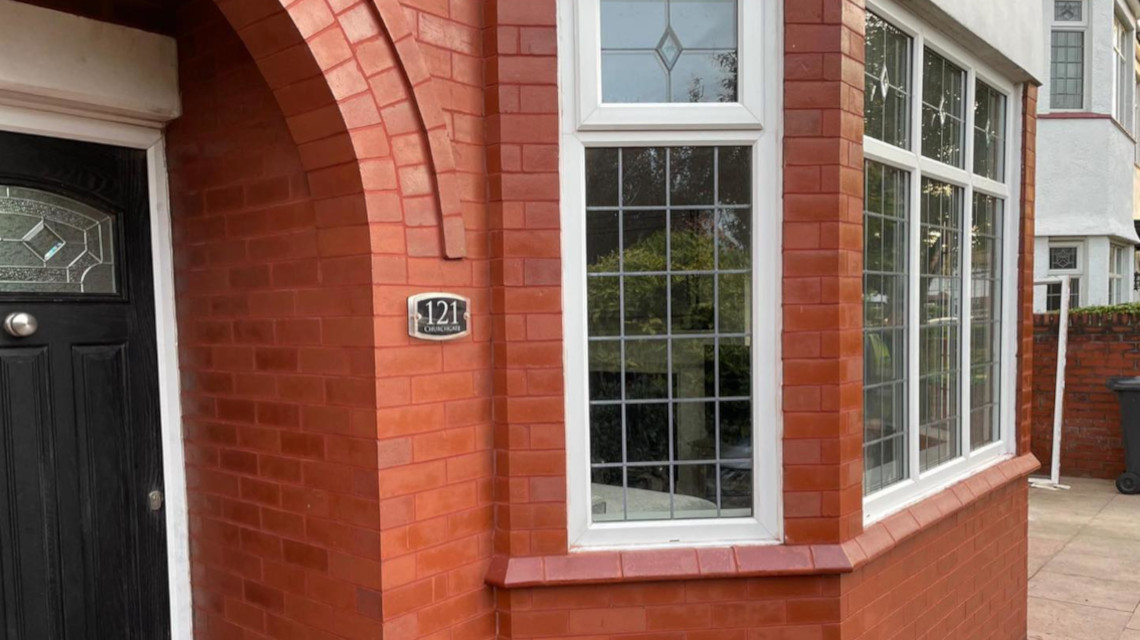
• Zoom In •
Zoom Project• CONSIDERATIONS
The use of Linseed Fibre Mastic as a surface joint filling compound was made possible with the redesign of the 'Solid Wall', where instead of laying the masonry units with 'header' bonding courses to 'tie' the internal and external skins of masonry together, these header courses were instead replaced with cast iron 'cavity wall ties', which would be laid across the internal and external brick skins every 3-4 courses as the wall was being constructed, in what is termed a 'cavity wall' type constructed wall design spec.
If the brick type is determined to be of the 'Accrington' or 'London' sort (not all 'London' brick types compatible), then Linseed Oil Fibre Mastic is the original finish for that brick type and the historically correct choice for those looking to restore their walls in true keeping with its original design spec. Prior to the availabillity of silicone based products, this was the defacto masonry-to-window sealant and remains the primary (and only) choice for heritage status buildings undergoing restoration.

